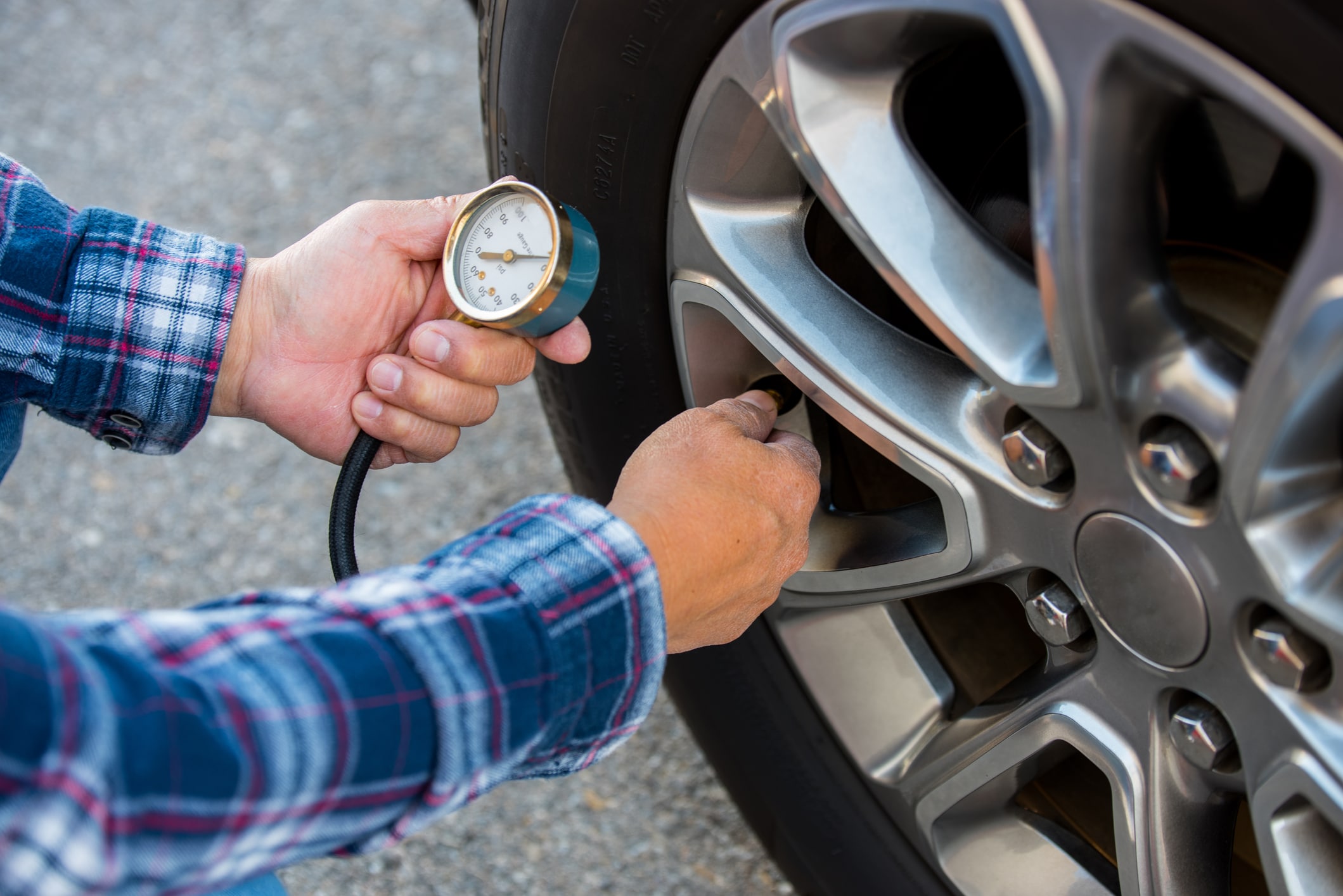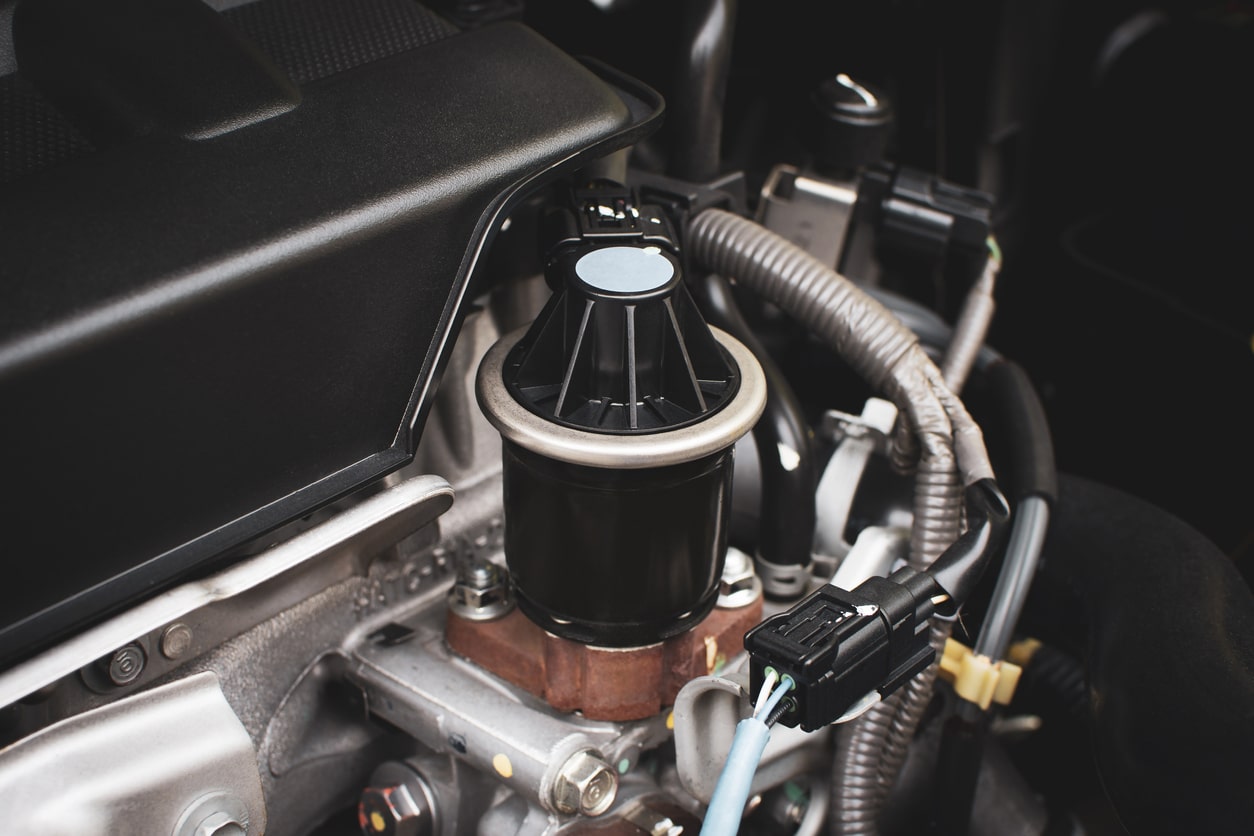Good tyre maintenance is absolutely crucial to the overall health of your vehicle. Your tyres support the full weight of your car, keep you gripped to the road and affect things like comfort, safety and handling. In this article, we’ll review some basic tyre maintenance tips and give you the tools and the knowledge you need to get the most out of your tyres.
Use the links below to find the information you need.
- Why Is It So Important to Check My Tyre Pressure?
- Important Things to Remember When Checking Your Tyre Pressure
- How to Locate a Puncture and What to Do
- How Often Should I Replace My Tyres?
- What Else Can I Do to Maintain My Tyres?
Why Is It So Important to Check My Tyre Pressure?
Whether underinflated or overinflated, incorrect tyre pressure can have a big impact on your driving experience, affecting handling, increasing your risk of accidents and drastically reducing the lifespan of your tyres. Here are a few key reasons why you need to check your tyre pressure on a regular basis:
- Fuel efficiency. When tyres are underinflated, their rolling resistance increases. This means your engine has to work harder to make them turn, burning extra fuel in the process. A recent survey concluded that driving a car with the tyres underinflated by just 7psi can increase overall fuel consumption by a whopping 8%.
- Things like cornering, grip, accelerating and braking are all negatively affected when tyres are not inflated to the correct pressure. In extreme cases, underinflated tyres can even lead to a blowout.
- Handling: With too little air in your tyres, your car will feel sluggish and unresponsive, stopping distances will increase and your vehicle will perform poorly in wet or icy conditions. With overinflated tyres, you’ll feel every bump and dip in the road, experience loss of traction and be more prone to spinning out and losing control.
- When a tyre is underinflated, pressure is distributed towards the outer edges of the tread, leading to premature wear on the shoulders. Overinflated tyres will also wear unevenly, in this case along the centre of the tread. In both instances, the life of the tyre will be greatly reduced.
Important Things to Remember When Checking Your Tyre Pressure
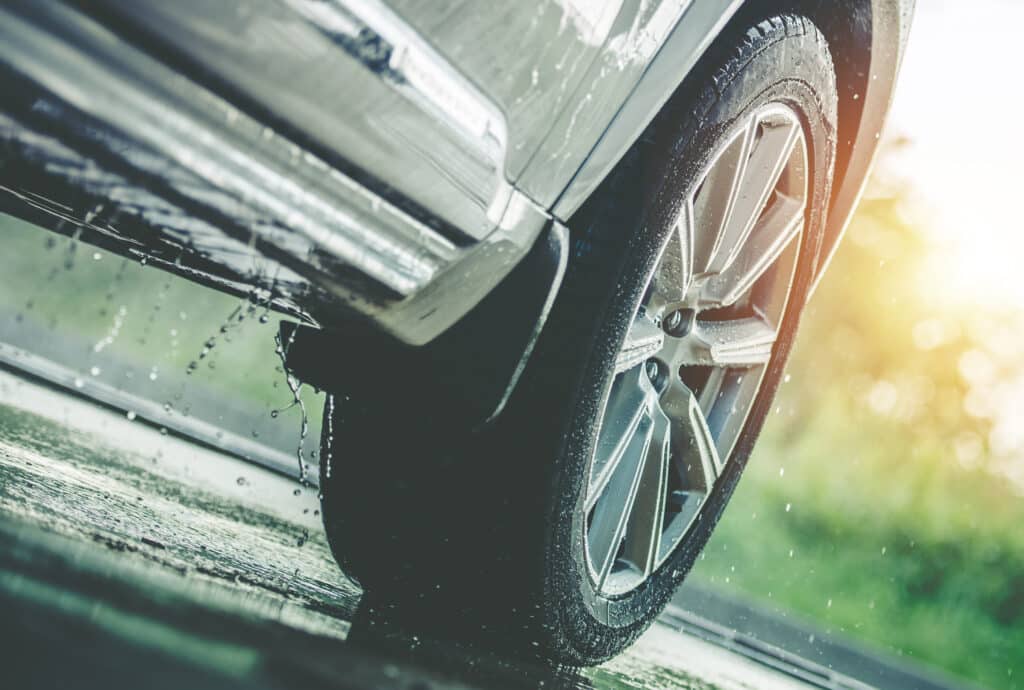
To avoid unnecessary wear and save yourself a few extra quid into the bargain, you need to be checking the pressure of your tyres at least once a month. Checking tyre pressure is a straightforward procedure that can be easily carried out on the driveway, but before getting stuck in, it’s worth reviewing some of the basics. Here are a few important things to remember:
- Always use a reliable, well-maintained pressure gauge. Manual pressure gauges become less accurate over time, so if yours has seen better days it may be time to invest in a new one.
- If you’re checking your tyres at a petrol station, remember that the self-service machines are not always properly calibrated, so they may not provide the most accurate results. If in doubt, ask an attendant when the machine was last calibrated.
- Always check tyre pressure when your tyres are cold. When tyres heat up, they expand, increasing the air pressure and often providing a false reading. For the most accurate results wait at least three hours after driving before you perform your checks.
- Make sure you know the correct pressure rating for your particular make and model. This can be found in your user’s manual, inside the petrol cap or on the inside ledge of the driver’s door.
- Always check your tyre pressure before embarking on a long journey. Pressure ratings vary depending on the weight of your load, so if you’re carrying extra passengers or excess luggage you should adjust your tyre pressure accordingly.
- If you have alloy wheels you need to be extra vigilant. Alloys tend to affect air pressure more than standard wheels, so you should check your tyre pressures on a more regular basis – as much as once a week.
Many modern cars are fitted with a Tyre Pressure Monitoring System (TPMS), which is designed to alert the driver once the tyres reach a certain threshold. But don’t be complacent. Even the slightest drop in pressure can cause unnecessary wear, so it’s still important to perform regular manual checks.
How to Locate a Puncture and What to Do
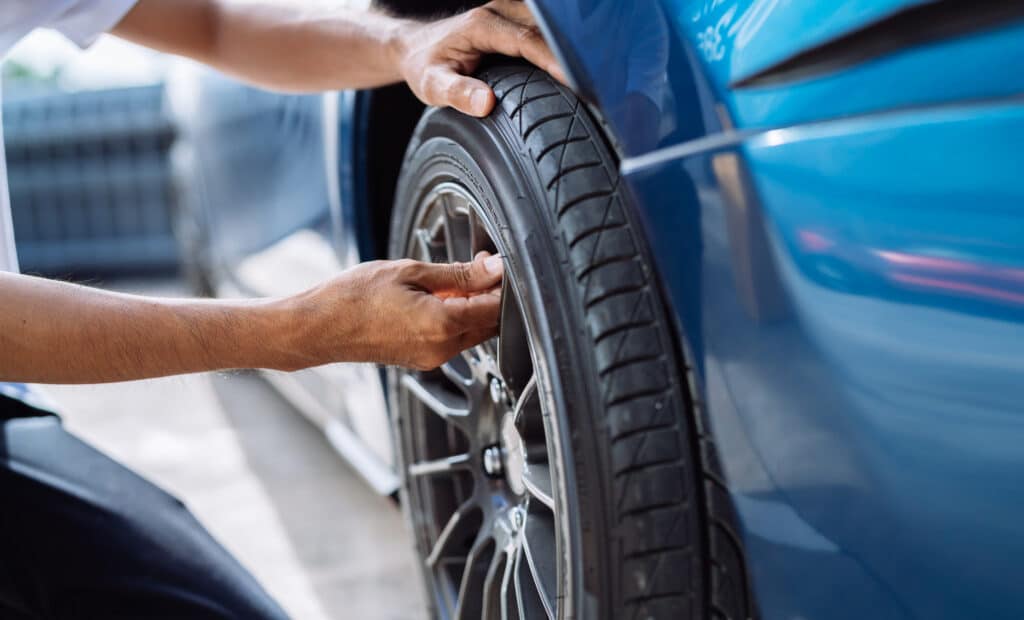
Air will naturally seep out of your tyres over time, escaping through the rubber sidewall and, as a general rule, you’ll be losing between 1-3psi a month. If your tyres are losing air more rapidly, there may be a more serious underlying problem. If you suspect your tyre is leaking air, there are a number of simple steps you can carry out.
First, remove the tyre and perform a thorough visual check:
- Look for obvious signs of damage, such as cuts, slashes or bulges or an embedded nail or screw.
- Check the tyre’s valve stem for any cracks or surface damage, particularly near the base. The valve stem can deteriorate over time, leading to unnecessary air loss.
- Inspect the wheel. Wheels may become misshapen due to age, corrosion or as the result of a large impact with a pothole or a kerb. A bent or damaged wheel will not hold the tyre flush to its surface and air may begin to escape from the bead area, causing the tyre to deflate.
If you can’t see any obvious issues, it’s likely the air loss is being caused by a pinhole in the tread or sidewall. To locate the site of the puncture, mix up some soap and water in a spray bottle and spray every inch of the tyre – tread, sidewalls, valve stem and rims. Alternatively, if you have a big enough container, you may want to immerse the tyre in water. Either way, the damaged area will soon reveal itself as bubbles begin to form around the site of the leak.
Pinholes and small punctures in the tread can sometimes be plugged or patched; anything more serious, such as a large puncture or damage to the sidewalls or shoulders, and the tyre will need to be replaced.
How Often Should I Replace My Tyres?
According to the big manufacturers, an average tyre lasts for approximately 25,000 miles; but that estimate may be a little conservative. Generally speaking, if you’re putting in around 10,000-15,000 miles a year, your tread will probably wear out in around three to four years. Whatever the true lifespan of an average tyre, there are a number of simple tests you can do to ensure your tyres are roadworthy:
- Check the tread depth: The legal minimum is 1.6mm, but anything less than 3mm and you’re likely to experience some loss of performance. Manufacturers usually mould tread bars into their tyres at 1.6mm, so if you can see the tread bars it’s time for a change. If in doubt, there’s always the trusty 20 pence piece. Insert the coin into the main tread grooves in your tyre; if the outer band of the coin is obscured then you’re within the legal limit.
- Inspect the tyre: When you’re performing your regular tyre pressure tests, remember to inspect your tyres for any obvious signs of damage – cuts, bulges, wear, etc.
- Keep your ear to the ground: When you’re driving your car, listen out for any unusual noises or vibrations. These are both key indicators of tyre damage.
- Monitor your car’s performance: Impaired handling, braking, comfort and manoeuvrability are all sure signs that your tyres have reached the end of their lifespan.
- If your tyres are more than five years old, you need to be extra vigilant. Even if you’re not putting in the miles (if you own a classic car, for example) tyres will naturally deteriorate over time. Look out for small cracks in the sidewall – a sure sign that your tyres have seen better days.
What Else Can I Do to Maintain My Tyres?
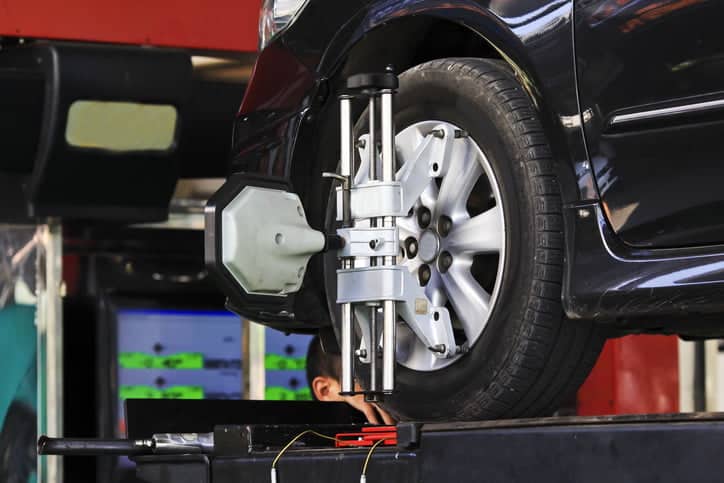
If you want to prolong the life of your tyres and keep them in good condition, there are a number of things you can do besides simply checking your air pressure:
- Keep them clean. Brake dust, road salt and general debris can all speed up the deterioration of your tyres. A quick blast with a pressure washer will dislodge all that unwanted grime and a good-quality tyre-dressing product will keep your tyres looking younger for longer.
- Check your brakes. Faulty brakes or shock absorbers can lead to flat spots and unnecessary tread wear. Regular servicing will help keep your brakes and shocks in good working order.
- Make sure your wheels are properly aligned. Incorrect wheel alignment (tracking) will result in premature wear along the inside or outside edges of your front tyres. As a general rule, you should have your front wheels realigned every 6,000 miles.
- Ensure your wheels are properly balanced. If your wheels are out of kilter, your tyres are going to suffer. If you experience ‘tyre wobble’ at 40 or 50mph, chances are your wheels need re-balancing.
Holts’ range of car maintenance products solve your problems and keep you on the road. For more information or to browse our complete product range, visit our homepage today.
